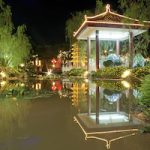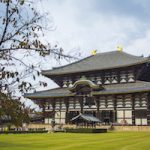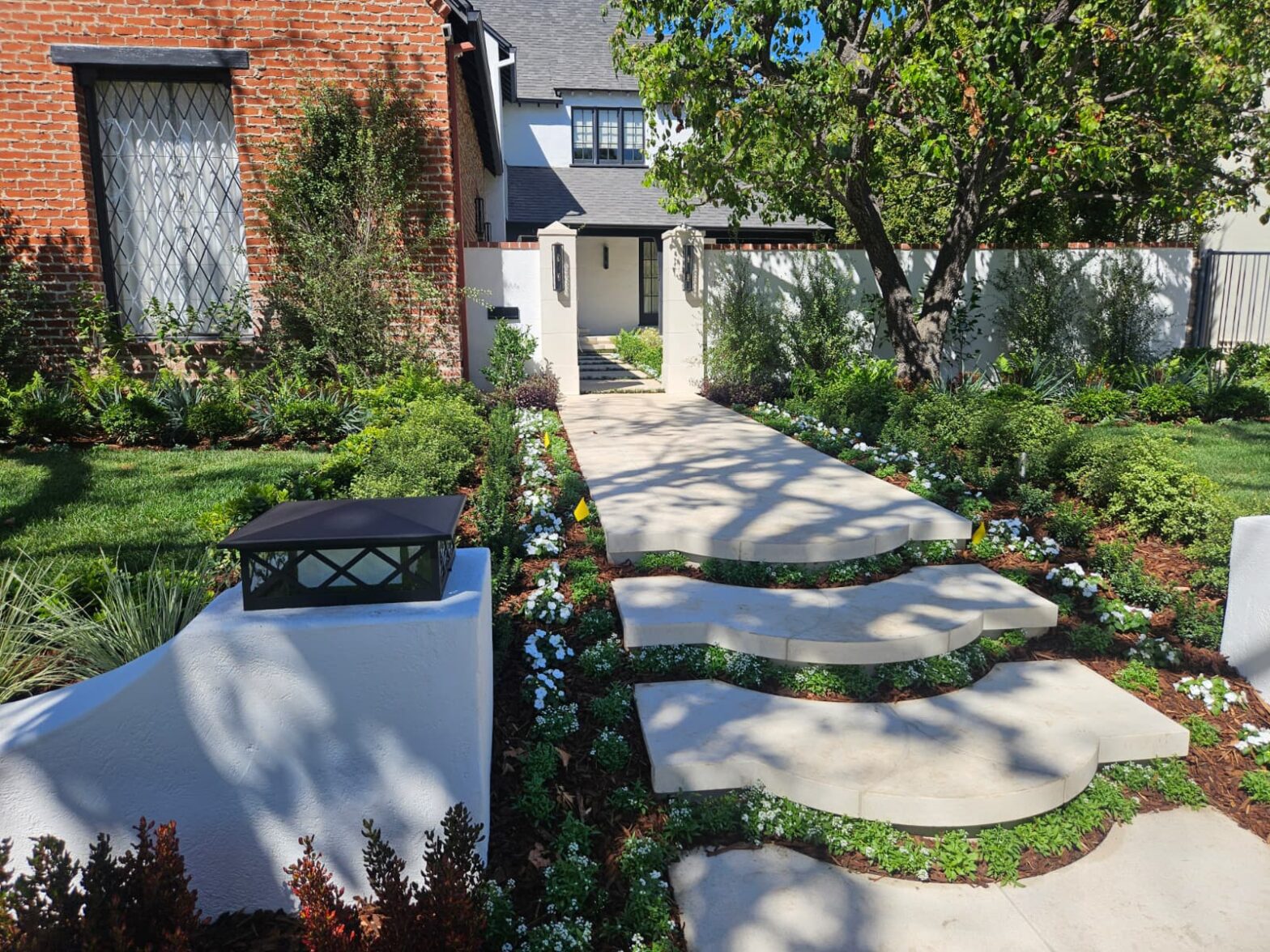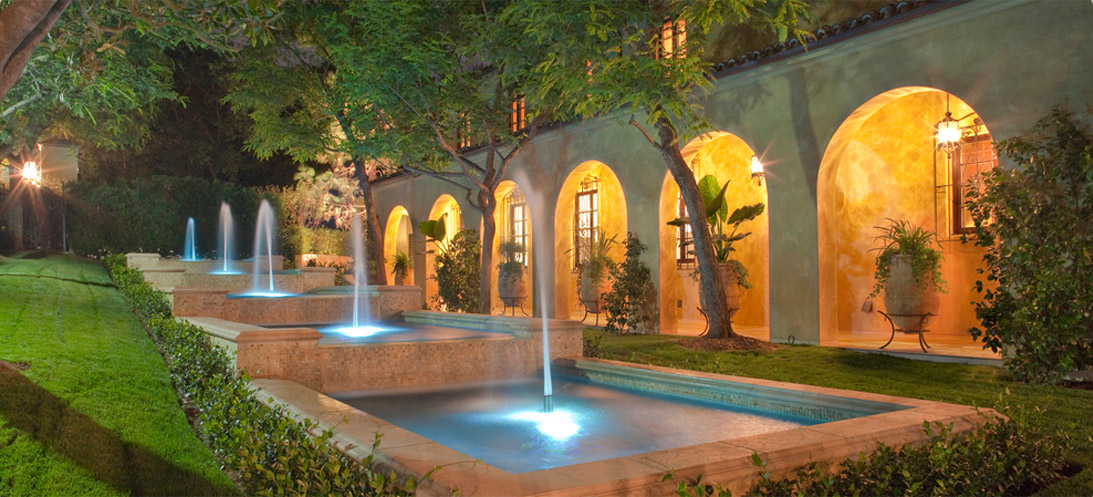
The line between nature and architecture is a blurred one in Japan. The country’s leading architects are using this concept to create innovative and cutting edge designs.
While the designs are innovative, they have their origins in a tradition, which are deeply rooted in Japanese culture. The practice of architecture in Japan has always been to work in harmony with the natural surroundings. Buildings are built around trees, in trees and as trees.
Japanese Architecture in Harmony With Nature
Organic architecture is a philosophy of architecture which promotes harmony between human habitation and the natural world. It is achieved through design approaches that aim to be sympathetic and well-integrated with a site, so buildings, furnishings, and surroundings become part of a unified, interrelated composition.
With an indigenous religious sensibility that long preceded Buddhism, the Japanese perceived that a spiritual realm was manifest in nature. Rock outcroppings, waterfalls, and gnarled old trees were viewed as the abodes of spirits and were understood as their personification. This belief system endowed much of nature with numinous qualities. It nurtured, in turn, a sense of proximity to and intimacy with the world of spirit as well as a trust in nature’s general benevolence.
The symmetry of Chinese-style temple plans gave way to asymmetrical layouts that followed the specific contours of hilly and mountainous topography in Japan. The borders existing between structures and the natural world were deliberately obscure. Elements such as long verandas and multiple sliding panels offered constant vistas on nature — although that nature was often carefully arranged and fabricated rather than wild and real.
From the ADG Job Site
Our gigantic mercury ball triple threat pendant!
by ADG Lighting

















